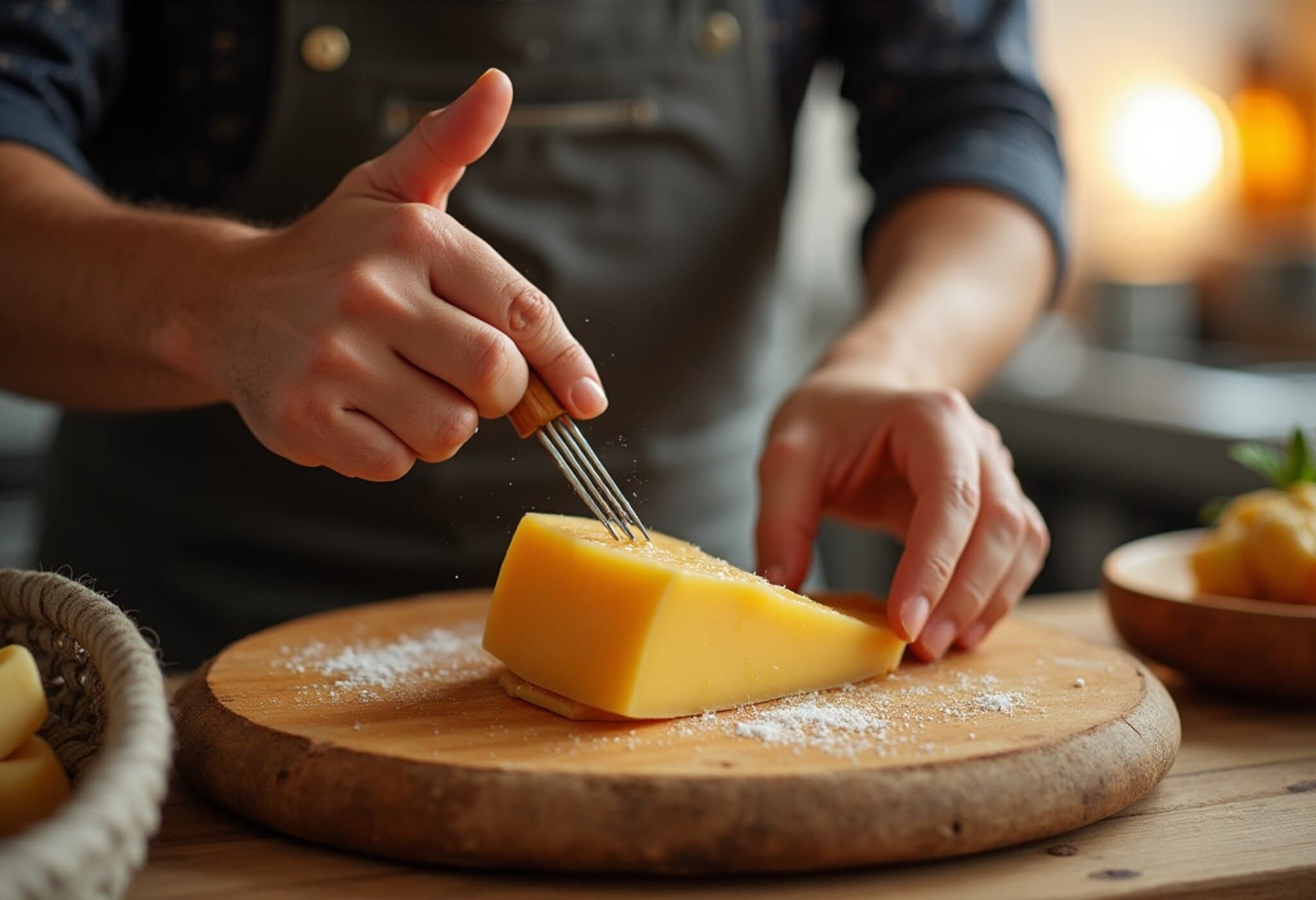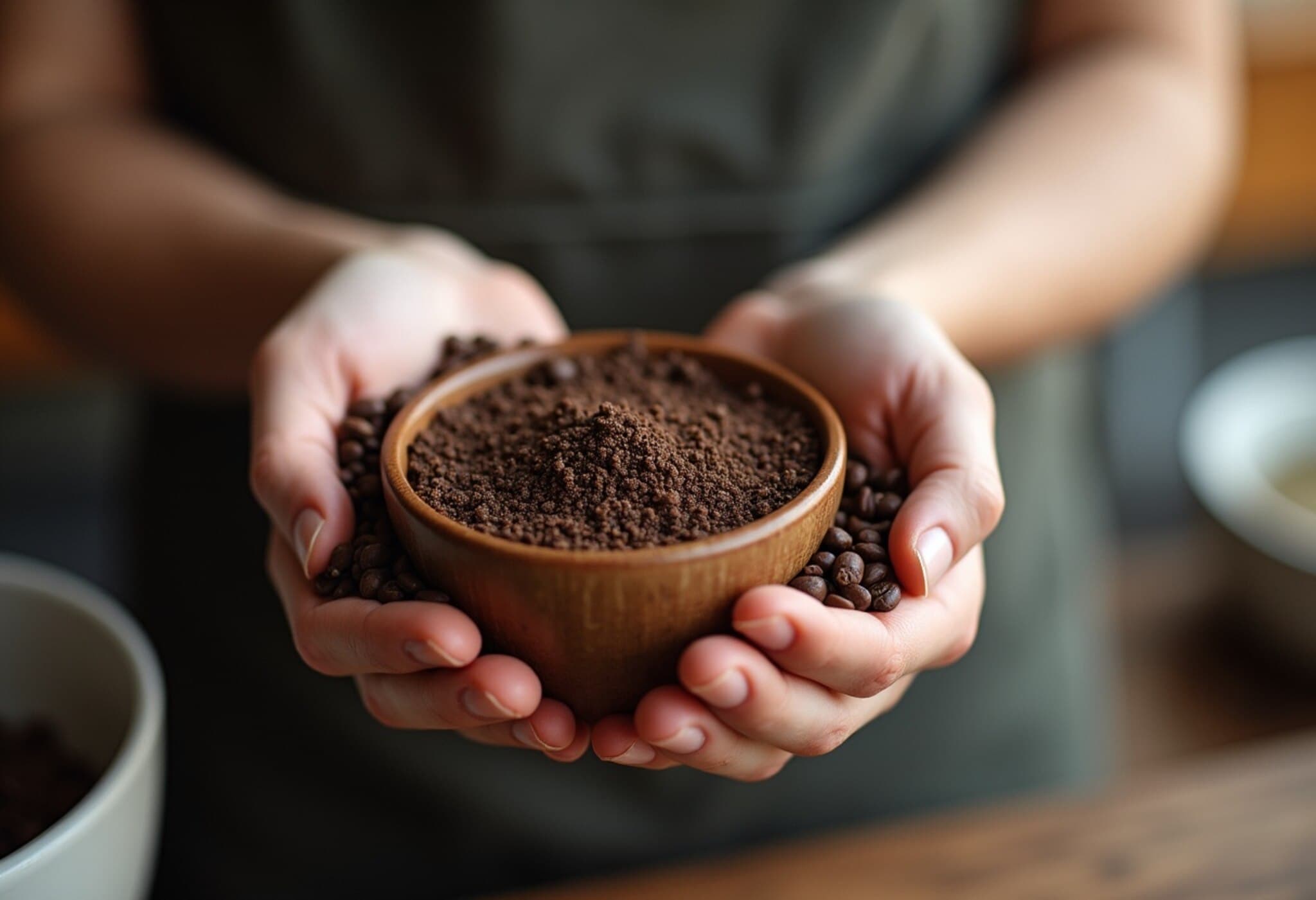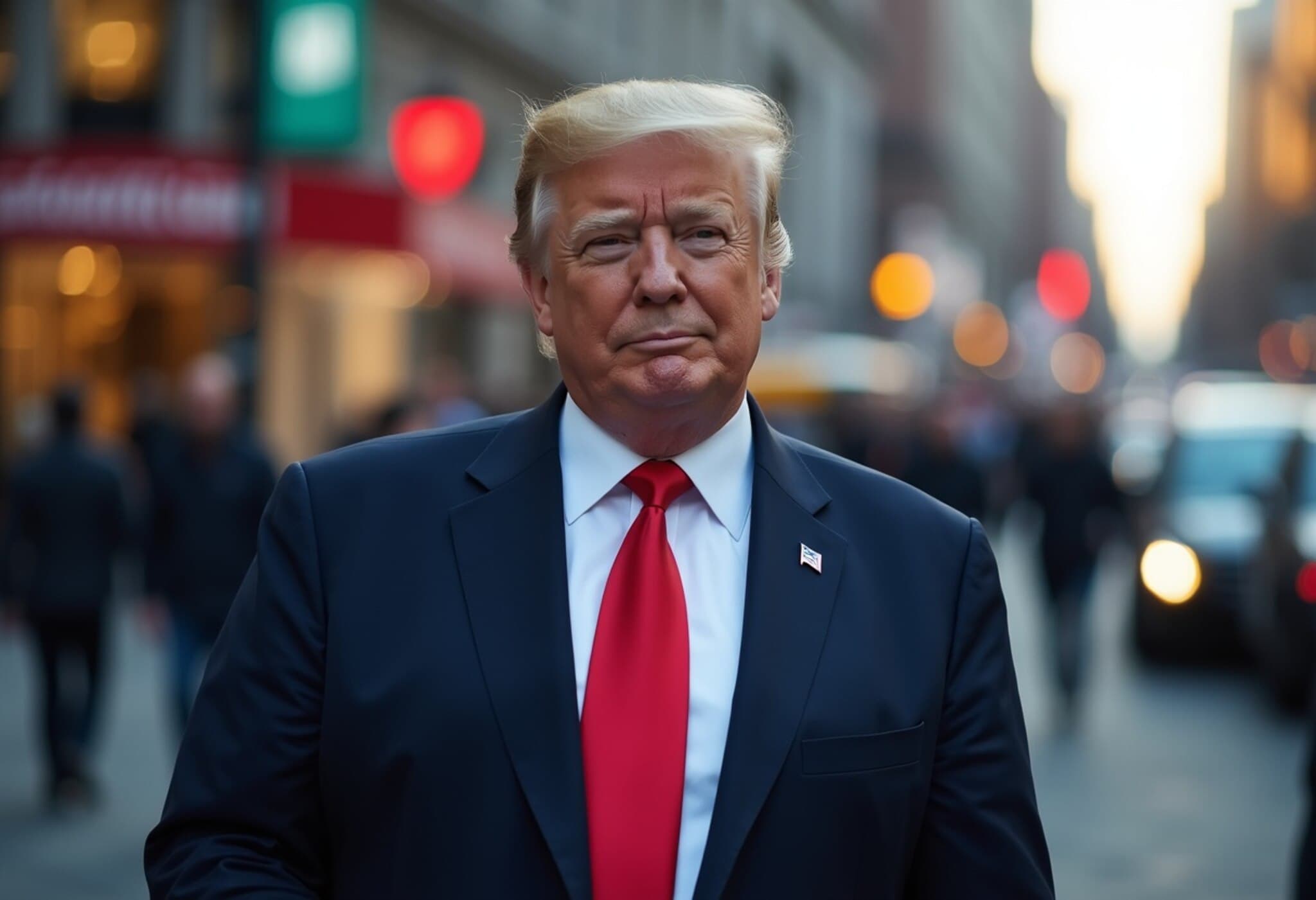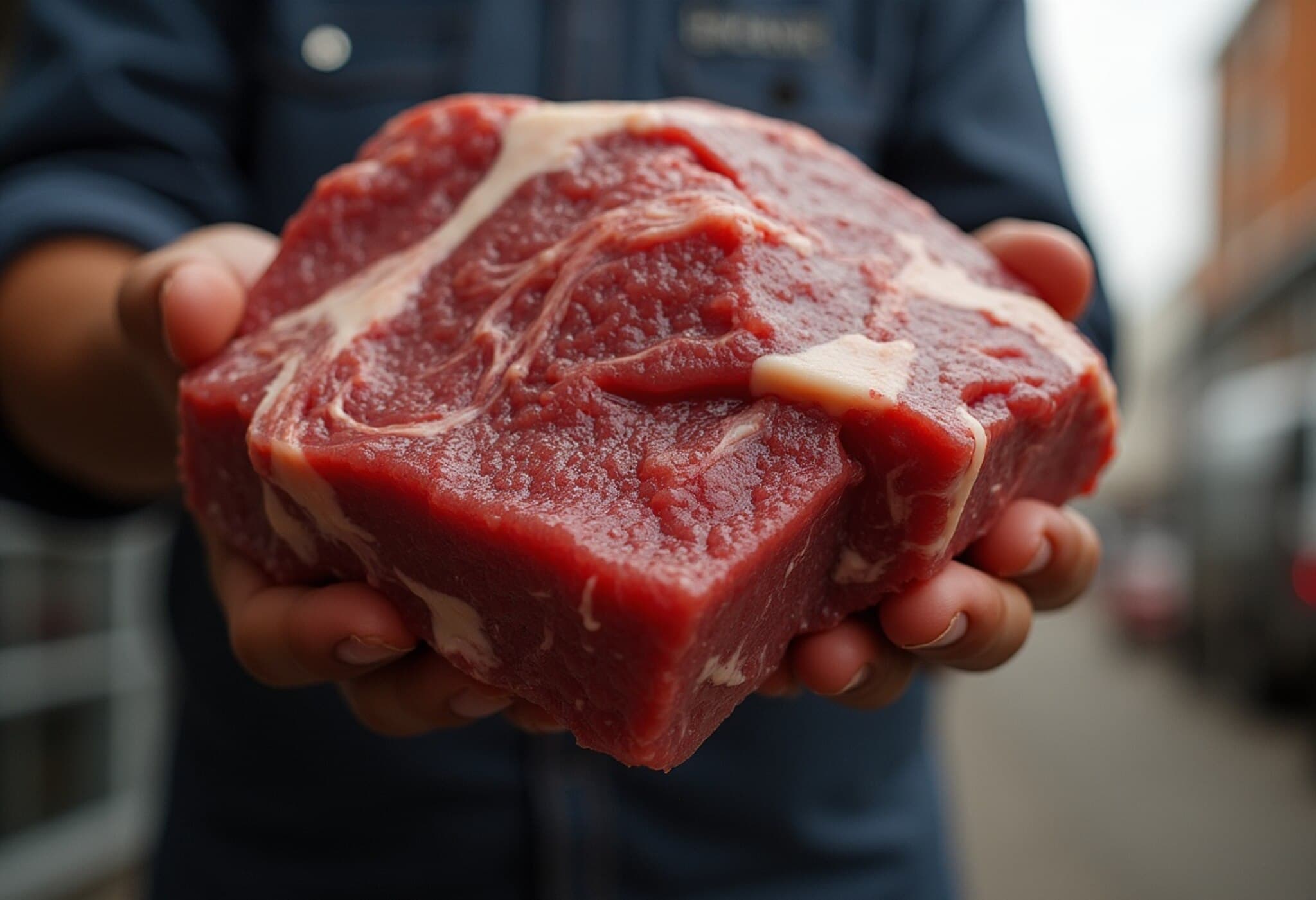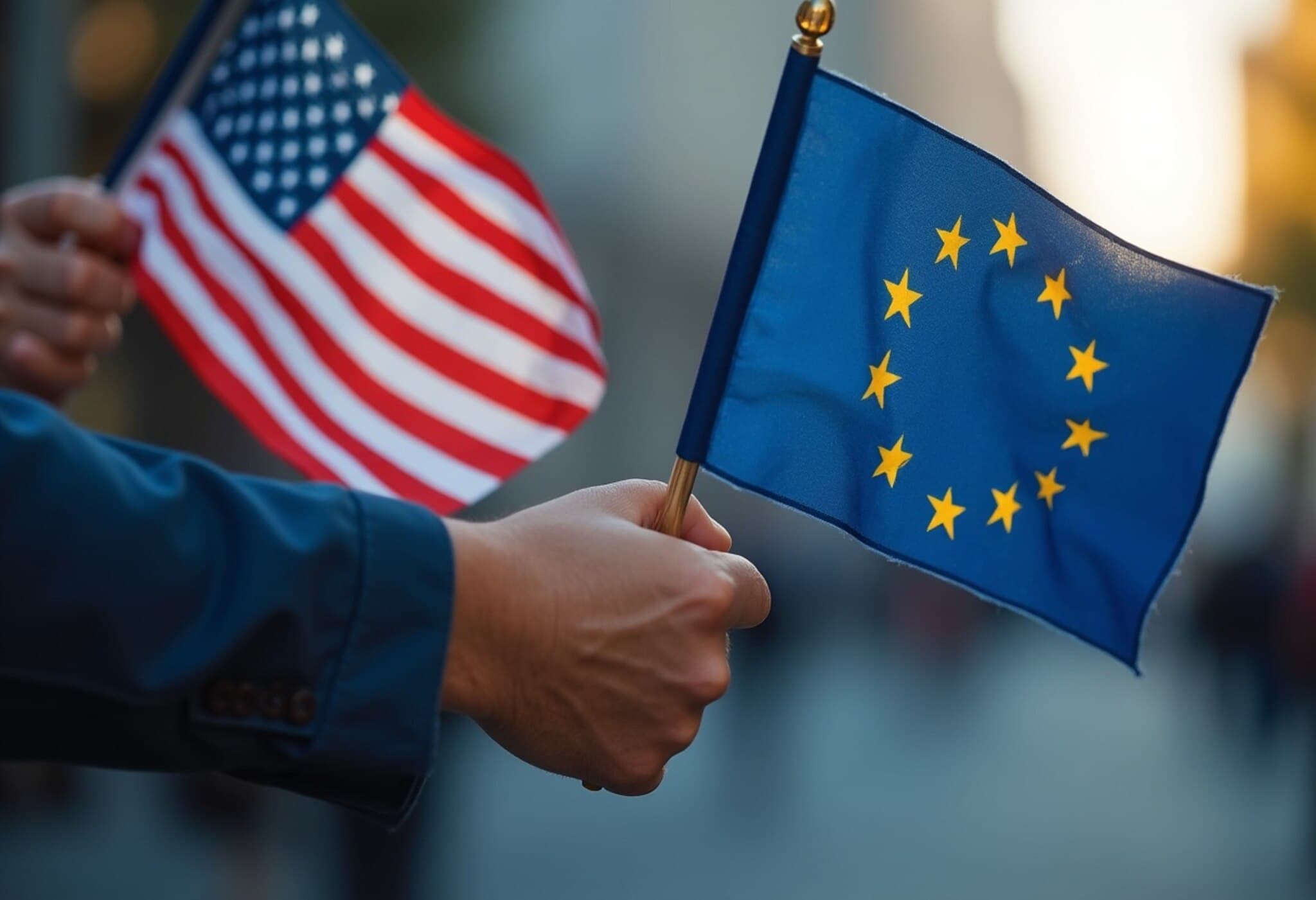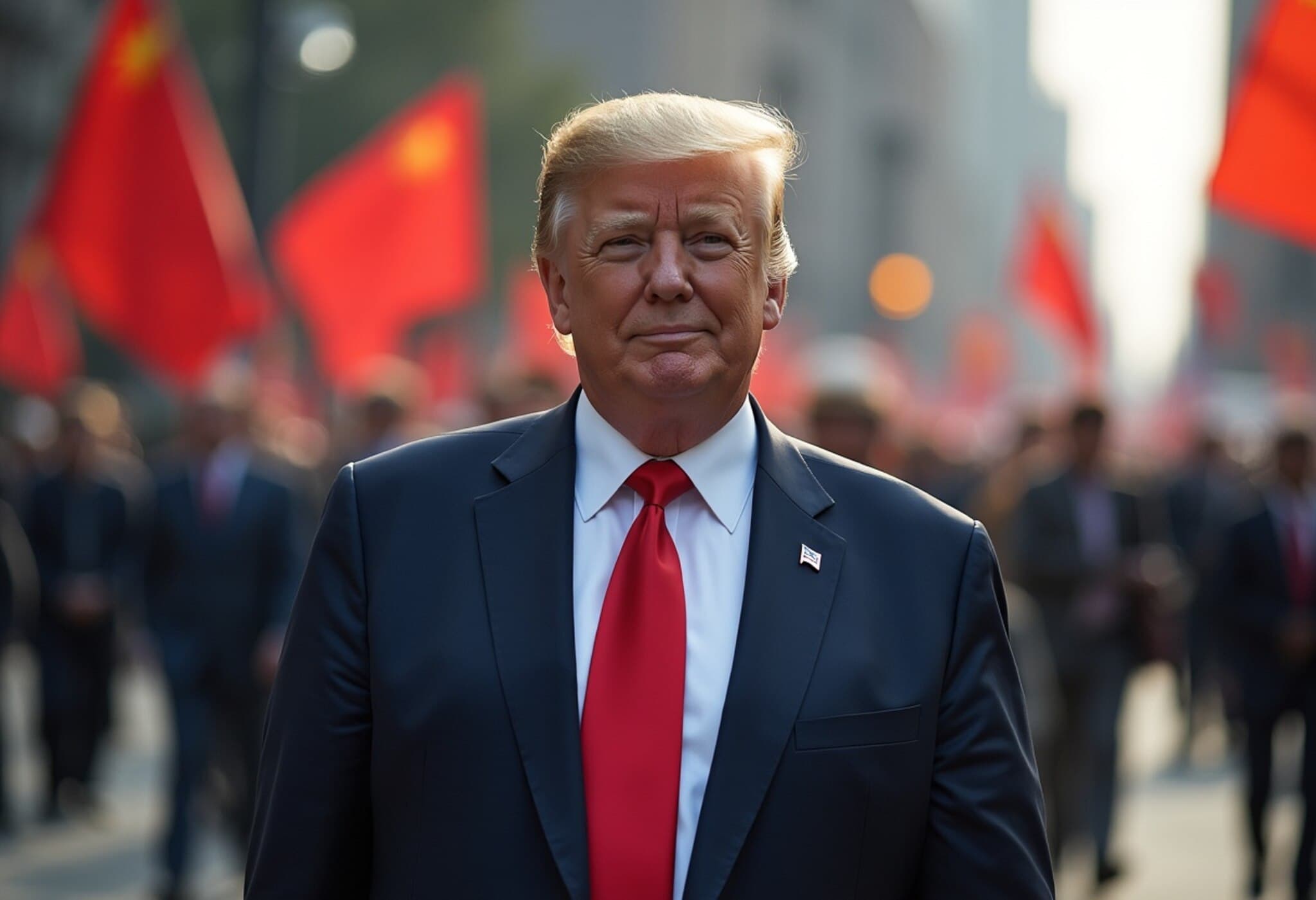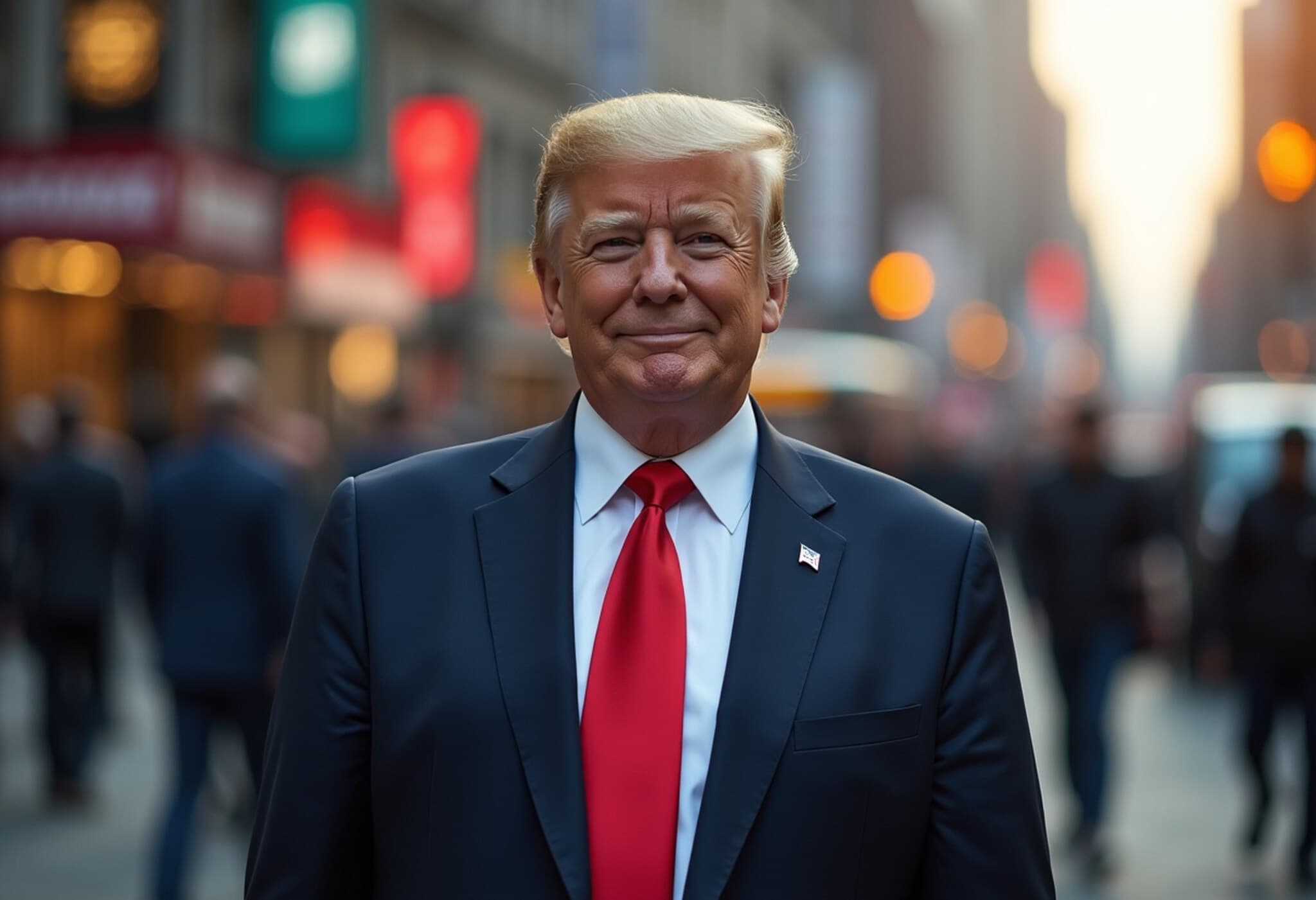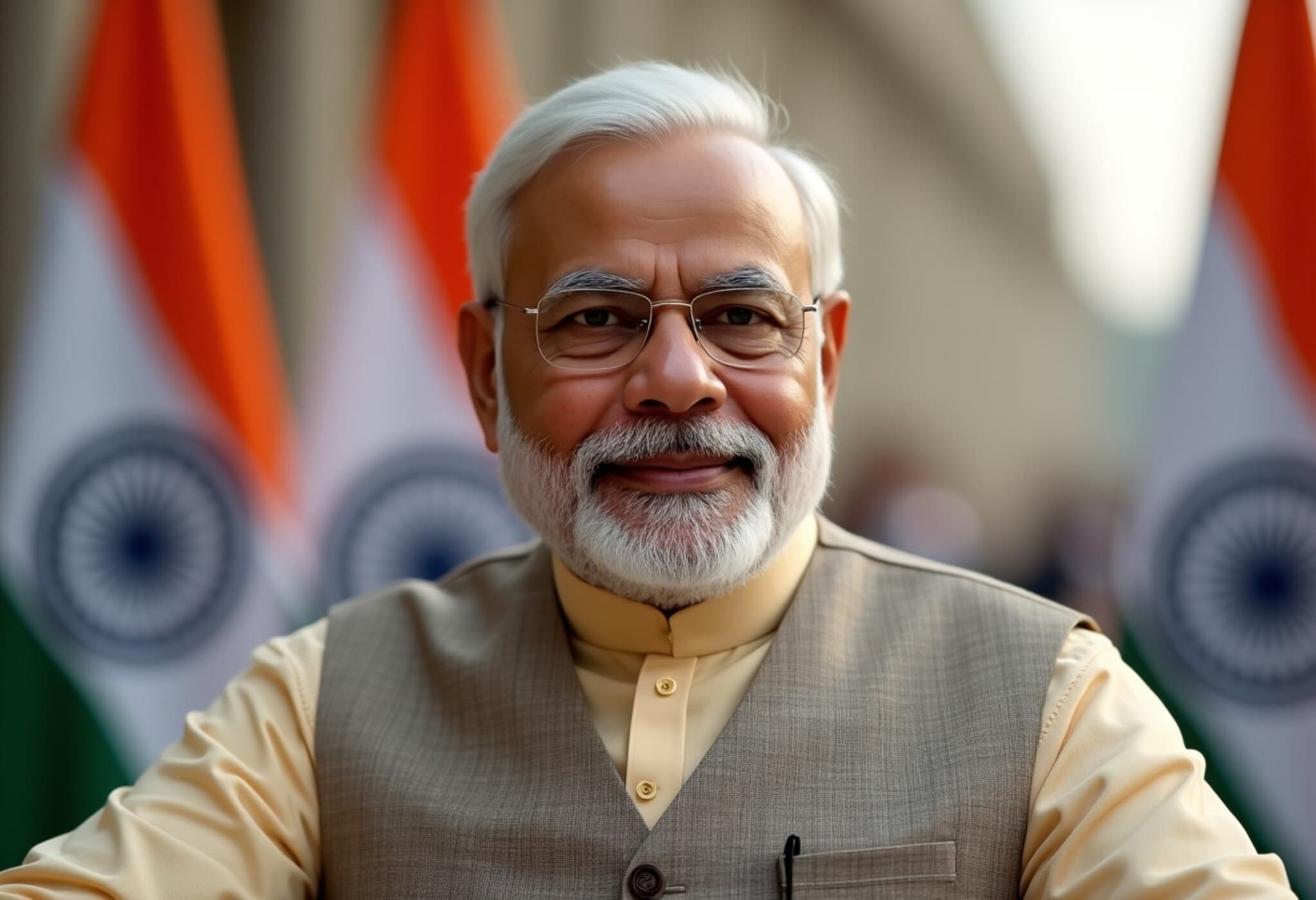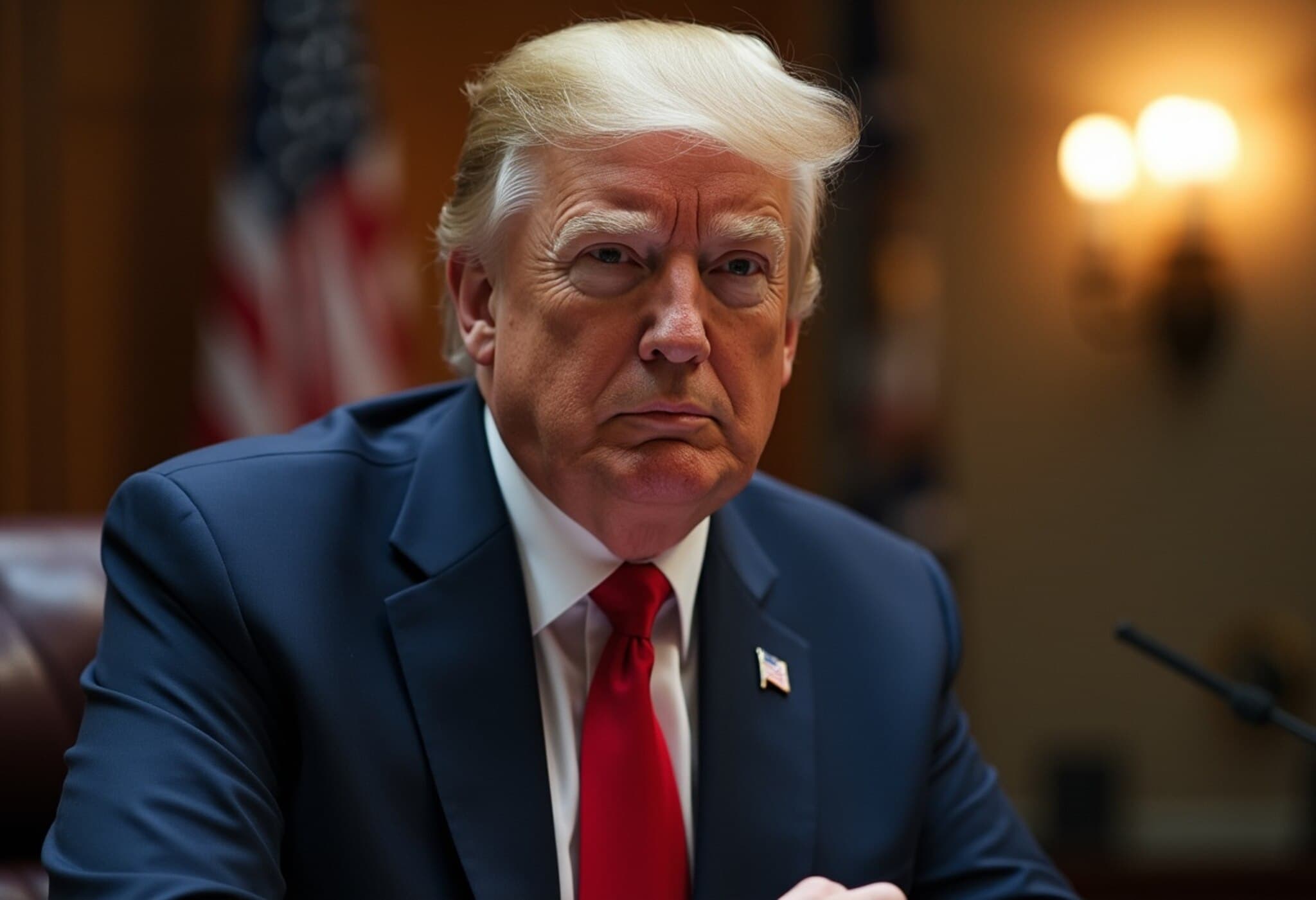U.S. Tariffs Cast Long Shadow Over European Food and Drink Exporters
Across the lush Irish coast to the sun-drenched hills of Italy’s Lombardy, the announcement of a looming 30% U.S. import tariff by former President Donald Trump has sparked deep unease among European exporters. From Irish whiskey distilleries to Italian cheese producers, businesses face an unprecedented threat that could reshape their relationship with the critical U.S. market.
Inside the Impact: Stories from the Ground
Skellig Six18 Distillery: Ireland’s Ocean-Borne Spirits at Risk
June O’Connell’s Skellig Six18 Distillery, nestled on Ireland’s rugged west coast, crafts gin and whiskey inspired by the Atlantic’s ever-changing rhythms. The U.S. was a natural first stop due to its robust demand for premium spirits. But since launching in early 2024, the distillery has been caught in a trade storm. O’Connell describes warehouses now overflowing with stock as importers pause shipments amidst tariff fears.
“A 30% tariff would be unbearable,” O’Connell says. “It stifles ambition and disrupts dreams of growth in our largest overseas market.” Her lament underscores the fragility of small-to-medium exporters who don’t enjoy corporate buffers.
French Distillery Combier Navigates Currency and Tariff Turbulence
Meanwhile, Franck Choisne, head of France’s Distillerie Combier — famous for its triple sec — explains how the existing 10% tariff and euro-dollar currency fluctuations have already squeezed margins. A hike to 30% tariffs could translate into final prices jumping by 45-50%, threatening to slash U.S. sales in half.
Choisne highlights a key dynamic: “While everyone wants balanced trade, tariff hikes trigger retaliations — a lose-lose game for both continents.” He remains hopeful that spirits exporters on both sides will push for a zero-tariff resolution.
Italian Cheese Industry Faces Unpredictable Market Shocks
In Lombardy, Zanetti’s wheels of Grana Padano and Parmesan, exporting over 70% of their cheese, look down a precarious avenue. CEO Attilio Zenetti describes a year of “extraordinary volatility” with shifting tariff policies and a weaker U.S. dollar driving retail prices up 25% already.
Zenetti worries that additional increases could cause “volume damages” as American consumers confront higher supermarket prices amid an inflation-sensitive economy.
Adapting to Uncertainty: Supply Chain Reconfigurations
Some European manufacturers are scrambling to dodge tariff bullets by reshaping supply chains. Alex Altmann from Lubbock Fine accounting and the British Chamber of Commerce in Germany notes that firms are exploring shifting assembly operations to the U.K., leveraging its current tariff agreements to reduce duties from potential 30% levels to 10%.
Examples include German appliance makers sourcing parts from Asia and performing final assembly in the U.K. to maintain U.S. price competitiveness — a tactical but complex maneuver amid “rules of origin” regulations.
Large corporations like Bosch also report prioritizing “local-for-local” manufacturing models, investing in North American operations to sidestep high import costs.
Limitations and Broader Implications
Yet, for businesses producing origin-protected products like Irish whiskey or Italian Parmigiano, relocating production isn’t an option. O’Connell explains that these products’ intrinsic connection to land and tradition mean that geographic shifts undermine authenticity and legal protections. Instead, such companies look toward diversifying exports to emerging markets in Asia, Africa, and Latin America, but face challenges penetrating new consumer bases that lack established appreciation for these products.
Choisne stresses the resource-intensive and slow nature of entering new markets, warning against viewing such strategies as quick fixes.
Expert Perspectives: Navigating a Fraught Trade Landscape
Trade experts observe that the tariff threats against the EU are part of a broader push by the U.S. to address perceived trade imbalances — reportedly a $231 billion surplus favoring Europe in goods alone. However, EU officials argue that when services and investments are included, the trade relationship is more balanced. The dichotomy reveals complex economic narratives that tariff escalations risk oversimplifying.
The looming question for policymakers and businesses alike: can both economies find common ground to avoid a tit-for-tat tariff escalation that would ultimately hurt consumers and producers on both sides of the Atlantic?
Looking Ahead: Patience and Pragmatism Amid Trade Turmoil
June O’Connell’s reflections encapsulate the resilient spirit of many EU exporters:
“I remember that our industry is centuries old. It teaches patience and reminds us that market storms eventually pass — as long as we control the controllables.”
This sentiment highlights the human side of global trade tensions — behind tariffs and trade deficits are passionate people and cultural legacies striving to hold onto hard-earned markets and identities.
Editor’s Note
As the U.S.-EU trade dispute simmers, the potential imposition of a steep 30% tariff threatens to disrupt long-standing economic ties critical to millions of producers and consumers. While large companies can sometimes adapt logistics or manufacture locally, smaller, heritage-rich businesses face existential threats without easy alternatives. This unfolding story raises pivotal questions about the balance between economic nationalism, global trade interdependence, and the future of artisanal and origin-protected goods in an increasingly uncertain international landscape.
Readers should consider the human stories behind tariffs and stay tuned as negotiations progress, knowing that trade policy decisions ripple far beyond political rhetoric into communities and traditions around the world.

